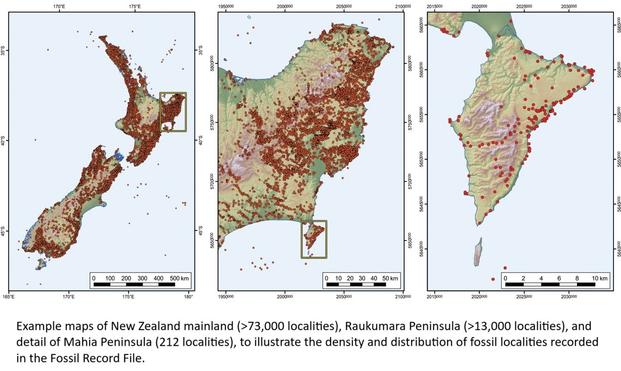@GMWatch Excellent indeed! This misleading myth of science neutrality must be ditchet. As if scientists were free from social-economic, political or self-interest and science is a thing on its own and not a product of society that needs to be discussed by societal forces
#ScientificHistory #Scientism
#scientifichistory
VINTAGE POSTCARD Magnifying glasses Roger Bacon Astronomy www.cpaphil.com/en/c... #RogerBacon #Astronomie #HistoireScientifique #CartePostaleVintage #PatrimoineScientifique #VoyageAstronomique #Astronomy #ScientificHistory #VintagePostcard #ebay #amazon #delcampe
VINTAGE POSTCARD Magnifying glasses Roger Bacon Astronomy
https://www.cpaphil.com/en/categories/astronomy-1/pages/3
#RogerBacon #Astronomie #HistoireScientifique #CartePostaleVintage #PatrimoineScientifique #VoyageAstronomique
#Astronomy #ScientificHistory #VintagePostcard #ebay #amazon #delcampe
VINTAGE POSTCARD Holy Genis Laval Observatory of Large Equatorial www.cpaphil.com/en/c... #Observatoire #Astronomie #CartePostaleVintage e #GenisLaval #Observatory #Astronomy #ScientificHistory #VintagePostcard #ebay #amazon #delcampe
VINTAGE POSTCARD Holy Genis Laval Observatory of Large Equatorial
https://www.cpaphil.com/en/categories/astronomy-1/pages/1
#Observatoire #Astronomie #CartePostaleVintage e
#GenisLaval #Observatory #Astronomy #ScientificHistory #VintagePostcard #ebay #amazon #delcampe
New Zealand Has A Unique [Open Data] Fossil Record [Online Database] Named FRED
--
https://eos.org/articles/new-zealand-has-a-unique-fossil-record-named-fred <-- shared technical article
--
https://doi.org/10.1080/00288306.2020.1799827 <-- shared paper
--
https://fred.org.nz/ <-- FRED’s open data online portal
--
[my ‘minor’ in my MSc Geology at the University of Auckland, NZ was in palæontology, and I have had an interest ever since; total aside – <fred.*> is what I call my temp/junk/working files, anyone else?]
#GIS #spatial #mapping #NewZealand #fossil #fossils #database #opendata #FRED #palæontology #paleontology #palaeontology #onlineportal #standards #records #publicrecords #geology #stratigraphy #sedimentology #scientifichistory #fossilrecord #samples #sampling
@gnsscience







